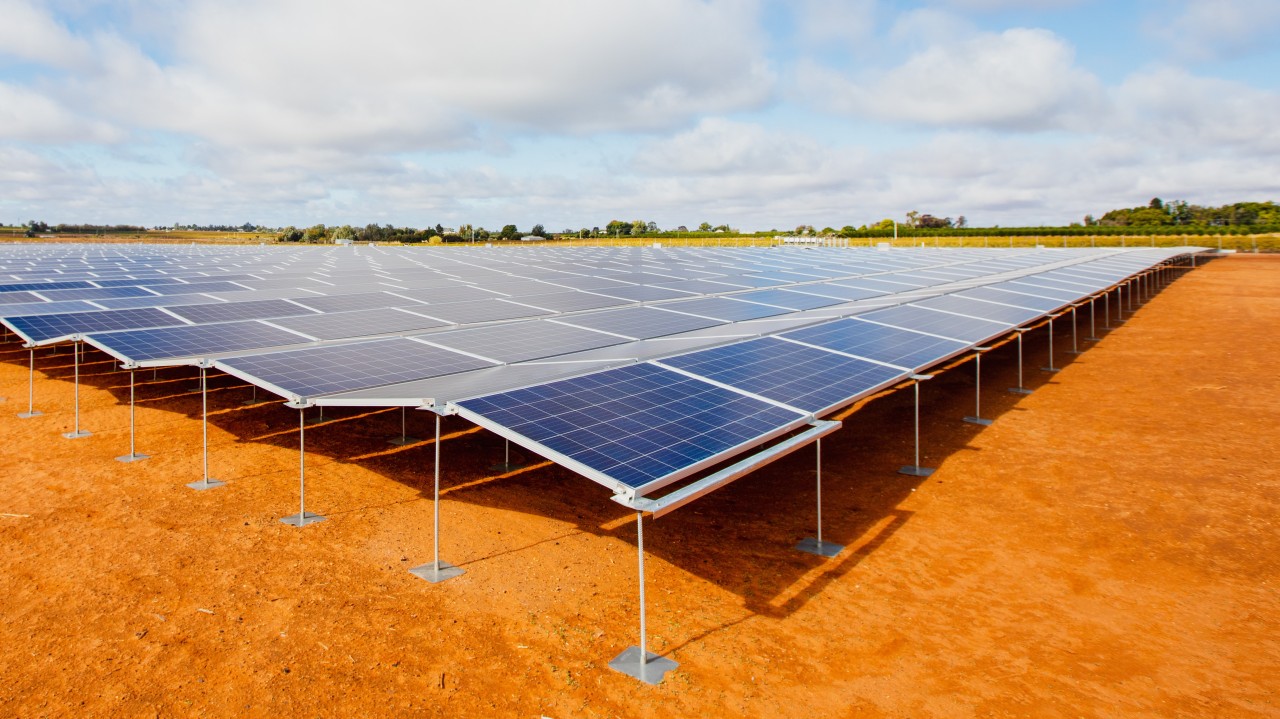
PEG, High-Density Ground Mount Solar in the high-wind Caribbean
A case can be made for utilizing the PEG in the Caribbean based on:
- • High Wind Design – of up to 180 mph (based on ASCE 7 – 10) with the most cost effective foundations
- • High-Density, Efficient Land Usage
- • Suitability for large variety of Soil Types
- • 78% Reduction in Raw Material Usage
- • Compact Shipping simplifies import process
- • Simplicity of Install means local labor force can be utilized
- • Reduced EPC Costs leads to reduced LCOE versus trackers and FT Systems
High Wind Design – The PEG has undergone extensive wind tunnel tests by IFI in Germany. The PEG is extremely aerodynamic, coming up to about waist level allowing for it to achieve 180 mph winds with our standard solution (ASCE 7 – 10). Since it’s in an EW 8 degree tilt and low above-ground, there is minimal uplift allowing for much higher winds. We have PEG projects that have been tested by cyclone winds in the Australian Gold Coast.
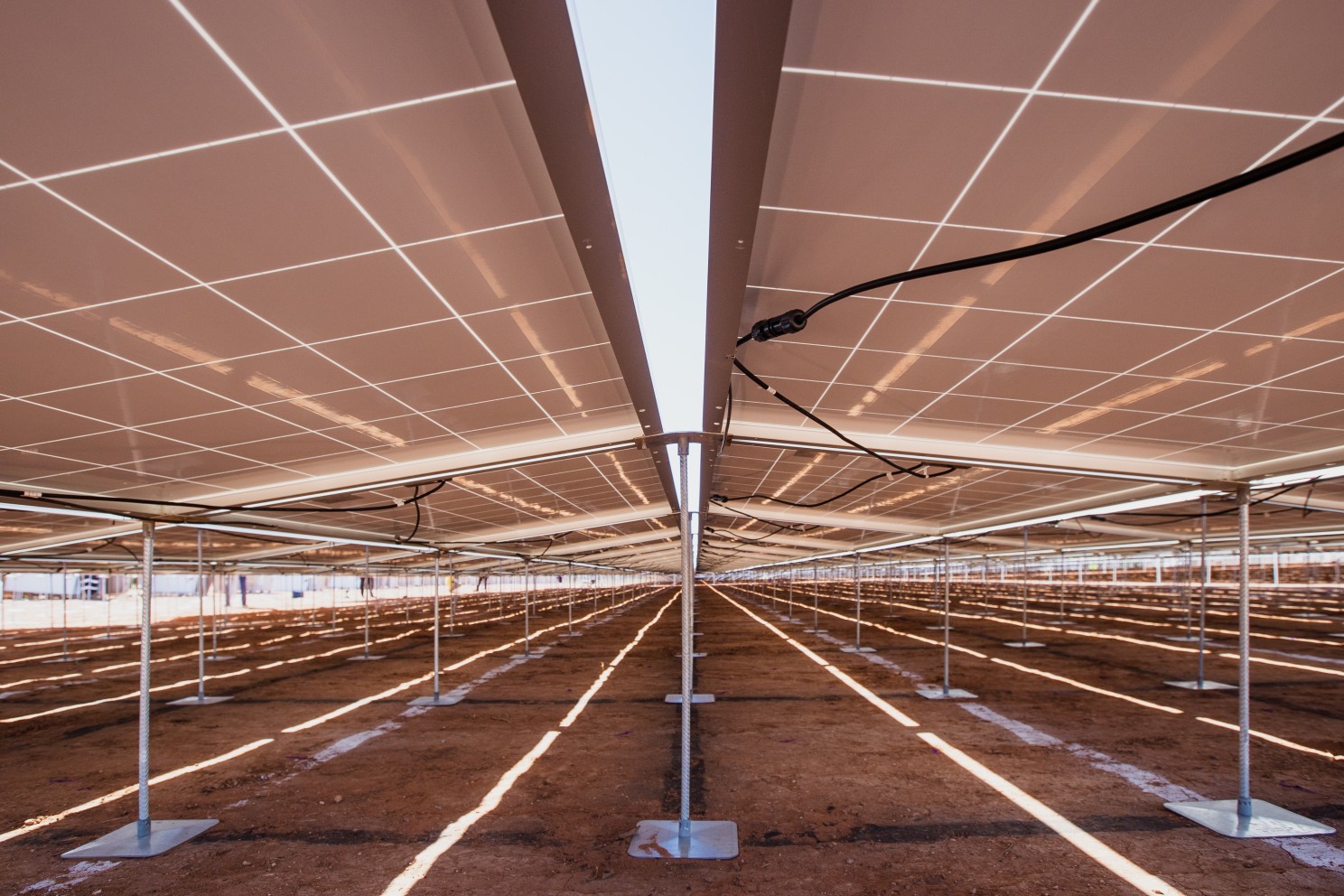
High-Density, Land Use Efficiency – PEG can produce about 225% more MWh/acre than fixed tilt and tracker systems according to our DNV GL bankability report (97% GCR). As an example, we are looking at a site in the Caribbean where the yield is ~ 1,520 kWh/kWp/year, which lead to 1,133 MWh/acre/year due to the PEG land use of 0.74 MW DC/ Acre . PEG becomes more attractive as you approach the equator. For an island like Barbados we are around 1,830 kWh/kWp/year, which is 20% higher yield.
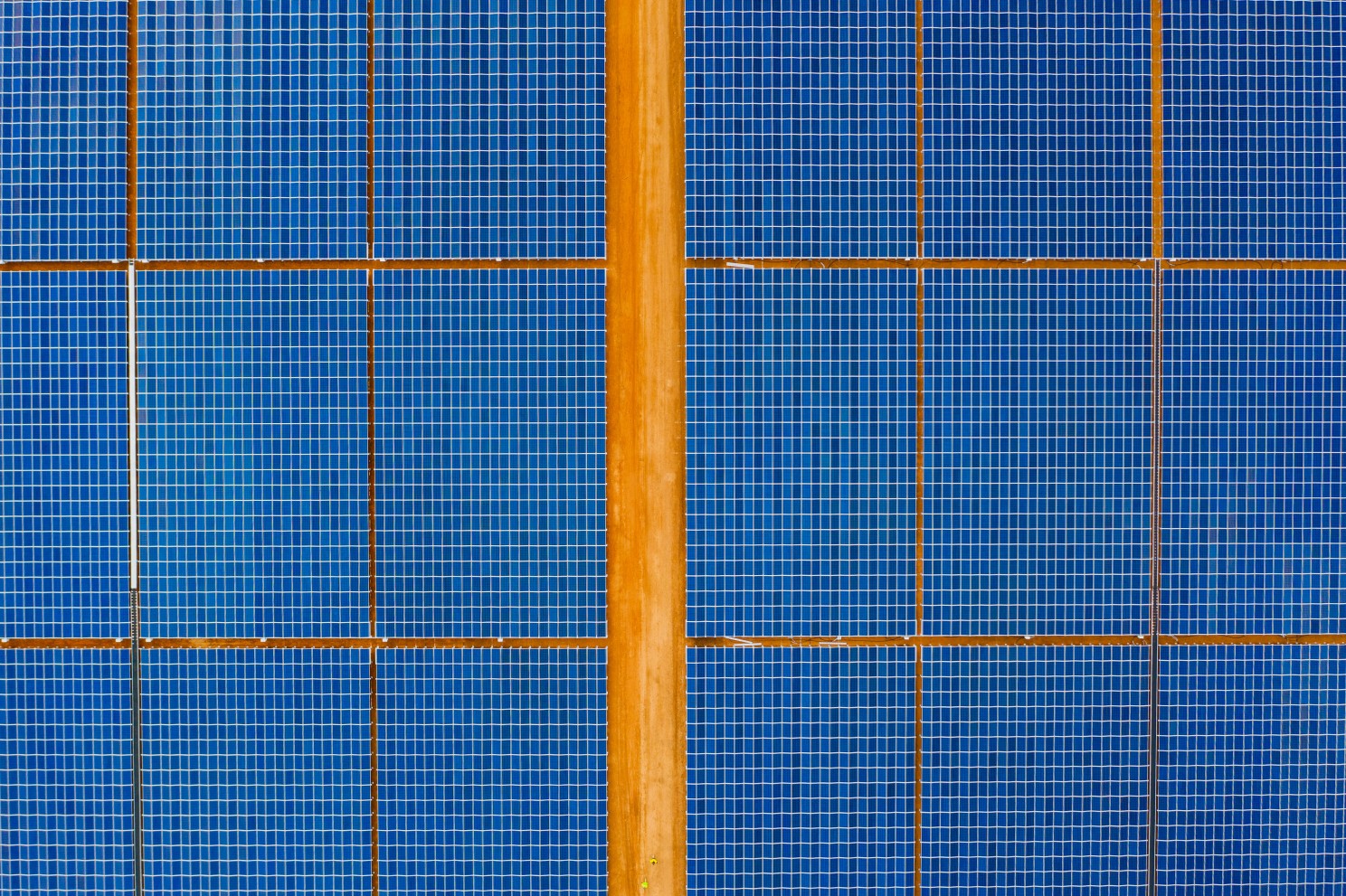
Location and Sandy Soils – The PEG becomes more attractive the closer it is to the equator making it very attractive in the Caribbean. Additionally, the PEG has a well suited anchor rod that can be used in soft, sandy soils and only requires ~ 0.5-0.6 meter foundation depth. A shallow foundation can prove useful in avoiding hitting volcanic rock and removing the need for expensive pre-drilling.
Minimal Materials – When compared to a conventional fixed tilt tracker system the PEG EW uses 78% less steel. If we assume 540 watt modules, 32x12 module block, 0.5 meter embedment, 80 mm anchor rods we are looking at 7,033 kg of materials per MW DC. Note, if the soil is harder or if the terrain is slopped we may require additional material. Rods are inserted directly into the ground removing need for any concrete or other materials. All DC system including the cables is above ground removing need for any DC trenching.
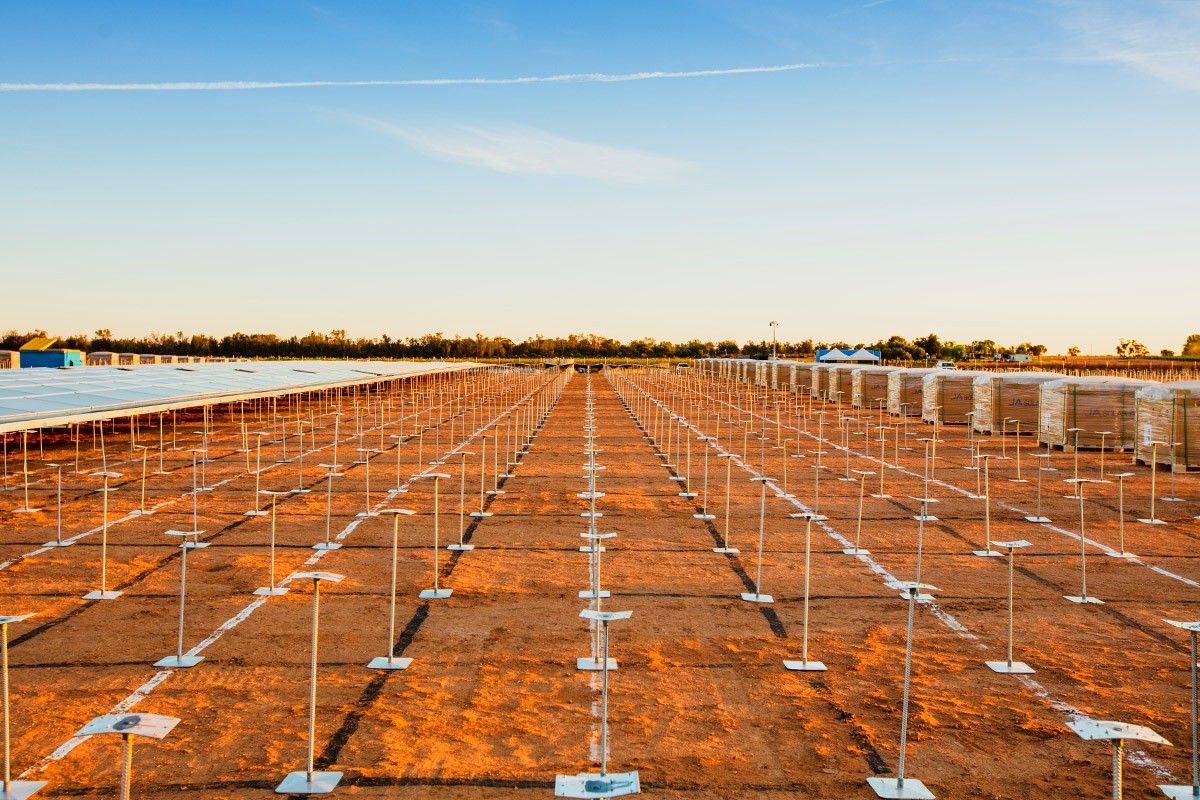
Compact Shipping – 40 foot containers can handle up to 20-25T (country specific), meaning 3.4 MW DC of PEG can be carried per 40ft container. This makes shipping to islands extremely efficient, which can be particularly attractive to islands with limited port sizes. This helps address current port congestion and shipping costs.
Simplicity of Install – All tools required for the PEG are hand held. Since there is no heavy machinery, sourcing equipment is simplified. All tools are commercially produced, easily available and simple to use. The PEG’s simple design also allows installation by unskilled labor. With 540 watt modules a total of 500 man hours per MW is required for the DC installation which is ~50% + less vs trackers. Around 420 of those hours are related to DC installation and ~70 is related to waste handling, inverters, and site restoration. Approximately 60% of those 500 hours is done by unskilled labor which significantly simplifies the source a workforce on a remote island. This aspect made the PEG a attractive solution for remote sites in Australia.
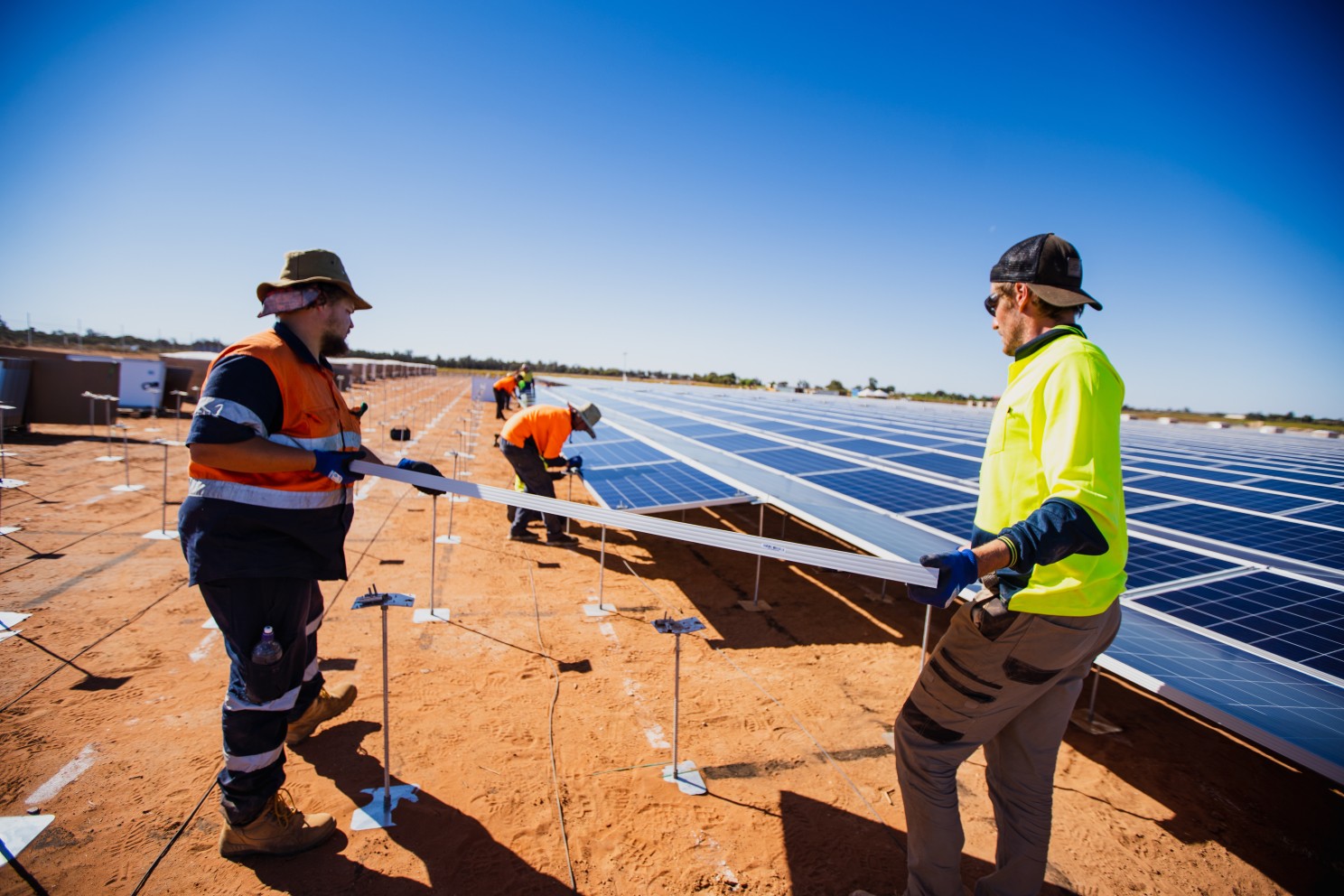
Bankability – The PEG has been deployed globally on over 350 MW making it one of the most used high-density ground mount solutions. Extensive Bankability report from DNV GL, wind tunnel tests by the reputable IFI engineering firm, and over 2.8 GW of substructure supplied by Jurchen Technology globally are all contributing to the bankability of the PEG.
EPC Costs – Overall, there is a ~30-35% reduction in EPC costs excluding interconnect. EPC quotes can be provided on a project specific basis upon request.
In summary, the PEG is extremely well adapted and designed for the Caribbean’s high wind environment. The PEG’s high-density, reduction in materials and simplicity streamlines the whole installation process including drastically reducing construction effort, logistics, and labor sourcing.
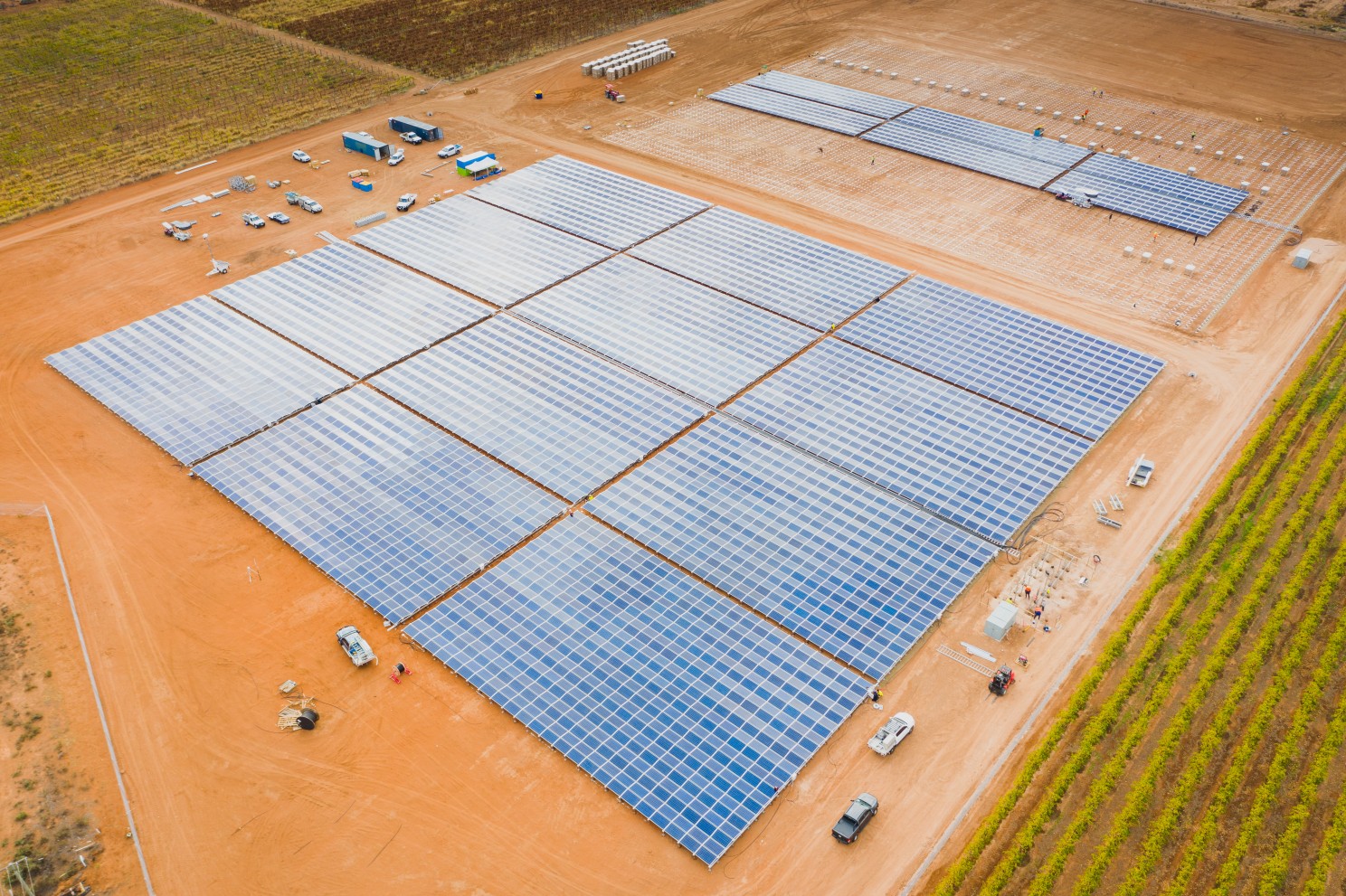
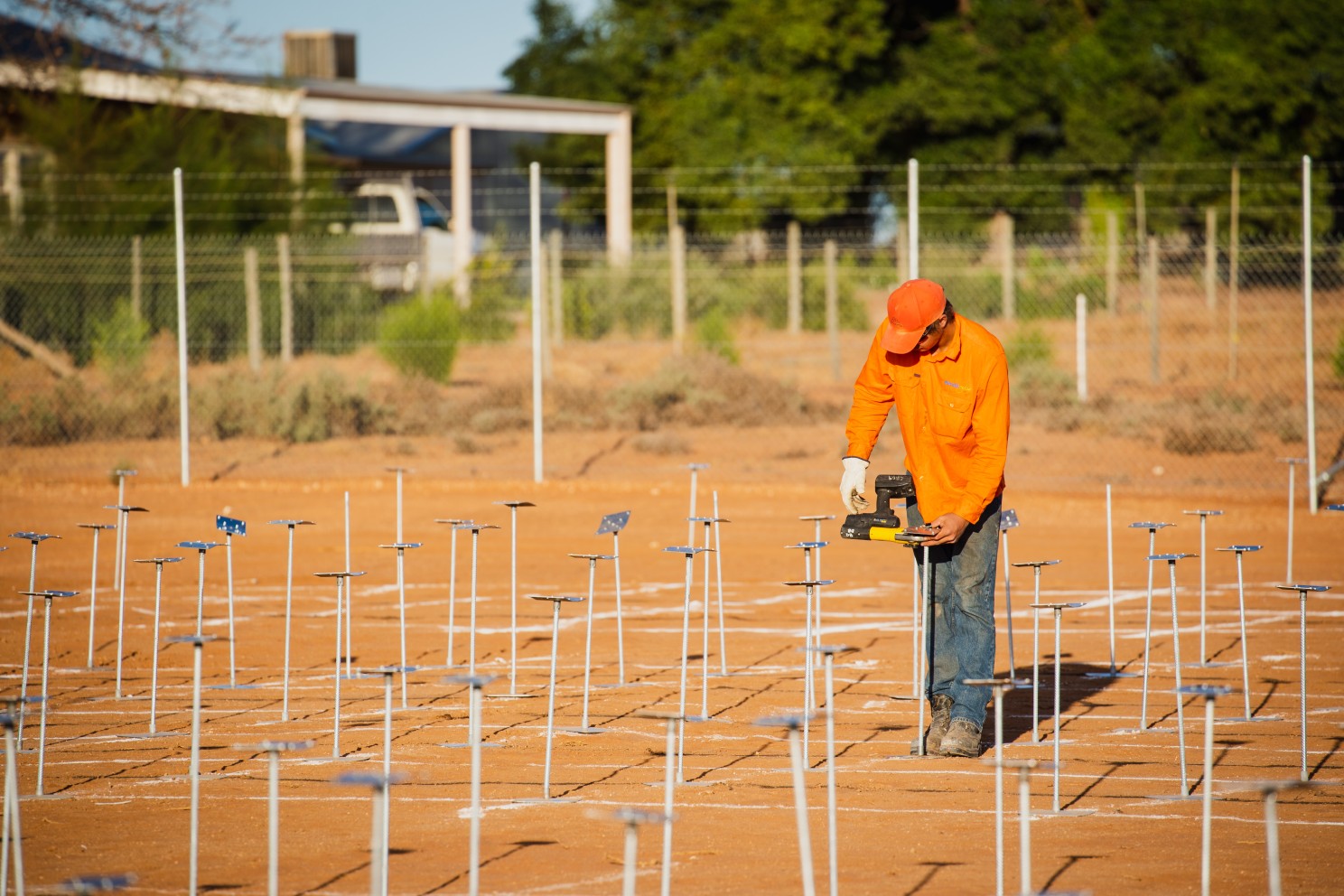
Pictures: Meralli Solar